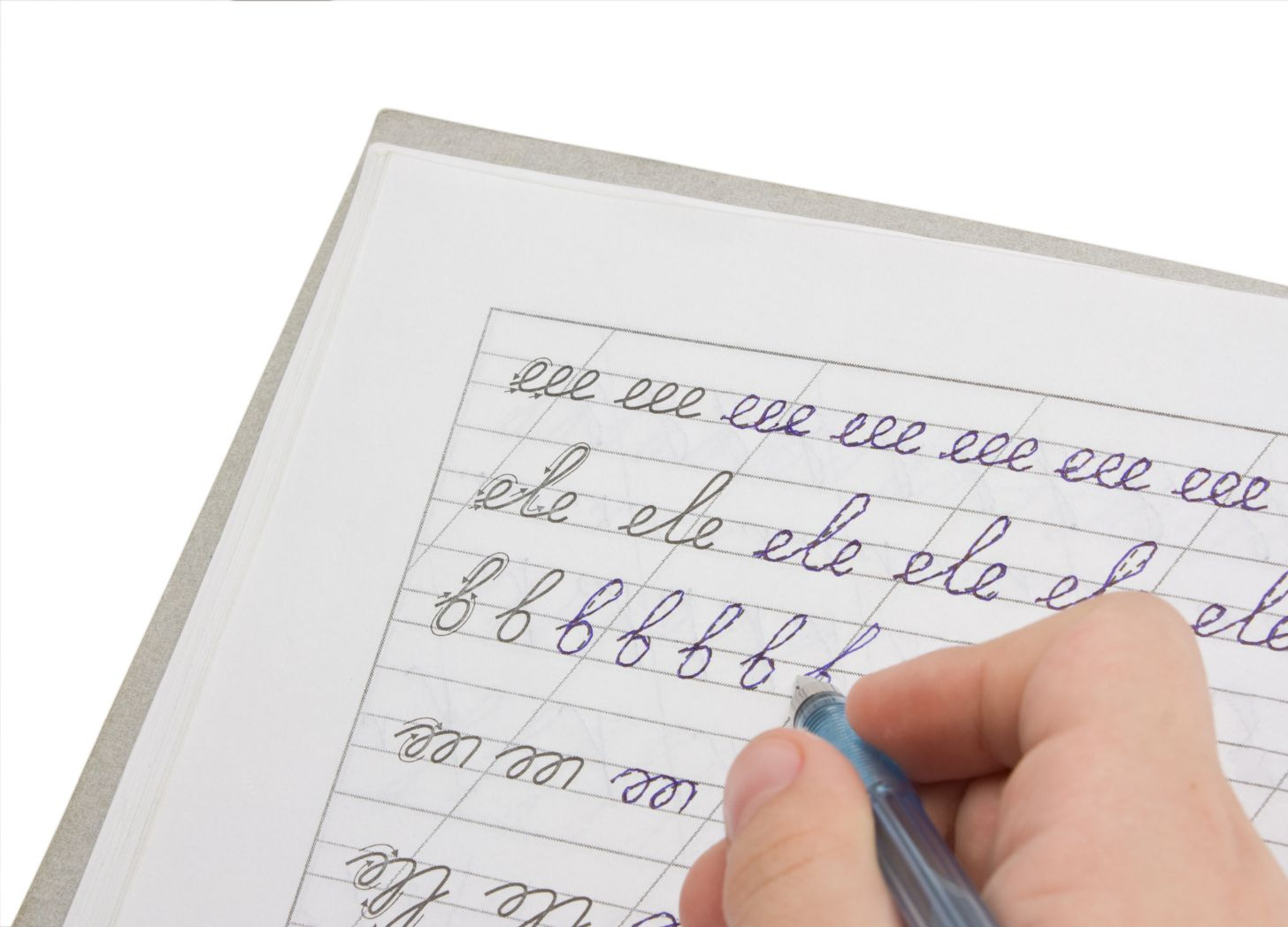8 Reasons Why We Need to Teach Cursive to our Children
...and the #HeartspokenMovement needs it!
I was horrified to find cursive writing among the “36 Things That Will Soon Become Obsolete” in a June 2022 article by Gael F. Cooper (Money Talks News). The author cited the widespread use of computers and mobile devices combined with the removal of cursive teaching in many public schools.
To paraphrase Mark Twain, however, the reports of cursive writing’s death may be greatly exaggerated. An increasing number of states have either kept—or added back—script writing to their curriculum. But strong pressure to eliminate it remains, and in the spirit of the #HeartspokenMovement to promote handwritten correspondence, I’m sharing eight important reasons why I believe we must continue to teach our children to write (and read) "longhand" writing.
For many of us, the graceful strokes of script writing hold magical and enduring charm, but let’s explore solid research-backed justification for why our young students will be better learners and communicators if they study cursive1:
1. Cognitive Development and Brain Engagement
Cursive stimulates multiple regions of a child’s developing brain simultaneously. The complex movements involved in forming connected letters ignite neural pathways that may not be as fully activated from printing or typing. As studies continue to underscore the connection between handwriting and cognitive development, cursive emerges as a powerful tool to enhance neural engagement, fostering mental acuity
2. Enhanced Fine Motor Skills
Cursive writing demands precise and controlled dexterity that encourages the growth of fine motor skills. Through the rhythmic flow of moving the pen or pencil on paper, a child gains better hand-eye coordination and manual dexterity. These all have broader applications in a wide range of daily tasks from buttoning a shirt to tying shoelaces—benefits that will accrue well into old age.
3. Boosting Reading Comprehension and Spelling
The cursive style of writing helps children improve their reading comprehension and spelling abilities. The continuous glide and connection of letters allow them to understand words in context, facilitating faster recognition and recall of concepts. This proficiency builds a stronger connection between reading and writing, leading to a deeper understanding of language.
4. Personal Expression and Creativity
Cursive handwriting can be an art form in itself. Like a fingerprint, each child's penmanship is uniquely their own, reflecting their personality and emotions. Embracing a flowing script offers a child the ability to express himself as a creator and artist through the written word. From crafting heartspoken letters to spinning imaginative stories, cursive empowers our students to explore the lifelong joy of self-expression.
5. Preserving Heritage and Historical Documentation
Cursive handwriting is steeped in history and culture, and much of our knowledge about the bygone times comes from documents in cursive that have been analyzed by historians. By teaching our children to read and write in longhand, we pass down the torch of this tradition, connecting them to their cultural heritage. From exploring historical documents to understanding the penmanship of respected figures from the past, cursive offers a window into our collective past, on which our future rests.
6. Emotional Intelligence and Mindfulness
The act of writing in cursive can be a mindful meditation. As children form each letter with intention and care, they learn to be present in the moment. This fosters calm and emotional intelligence, allowing them to develop a deeper connection with their thoughts and feelings, and with the world around them.
7. Improved Academic Performance
Numerous studies have indicated that students who learn cursive tend to excel in academic performance. The enhanced cognitive skills, refined motor abilities, and increased reading comprehension from writing this way can positively impact overall scholastic achievement and a sense of self-worth.
8. More Efficient Note-Taking and Studying
In an increasingly digital age, the efficiency of cursive writing remains unparalleled. Handwritten note-taking allows students to capture—and later recall—information more quickly, ensuring they grasp essential concepts during lectures and study sessions. This can make a significant difference in test results and time management.
And here’s my personal bonus reason: I want my grandchildren to be able to read the notes and letters I send them!
Conclusion
Teaching cursive to our children is not merely a nod to nostalgia and the past. Their holistic development is at stake. From honing cognitive skills and fine motor abilities to nurturing creativity and mindfulness, cursive writing offers so many benefits that will shape their journey as lifelong learners.
Please…educate yourself about this issue in your own community. Find out what your educational system’s policy is on teaching cursive and urge your school board and local educators to teach this in our schools. Encourage your own children and grandchildren to learn it, enticing them with the reward of being better students or even history detectives.
If you want to see the studies that support my arguments, let me know.
Next week, I’ll be following up on this topic with an article on how to improve your penmanship. Be sure to subscribe so you won’t miss it.




Oh I agree 100%! In fact, I'd like to offer another reason: writing in cursive helps the brain memorize words! As a music artist with a terrible short-term memory who needs to memorize lyrics for performance, I found the answer is to write them out longhand (cursive). Works like a charm!
Elizabeth, I thought of this article when I saw this in the L.A. Times
https://www.latimes.com/california/story/2024-01-08/topsy-curvy-cursive-writing-returns-to-the-list-of-priorities-in-california-schools
Sad we have to make laws to teach children an essential skill.